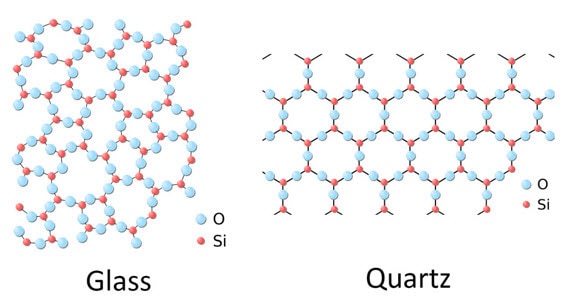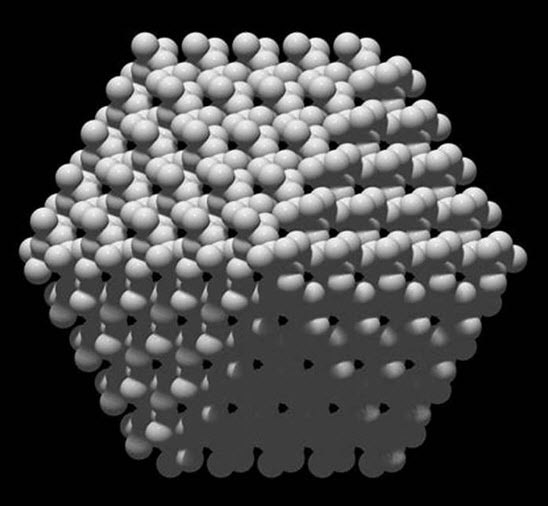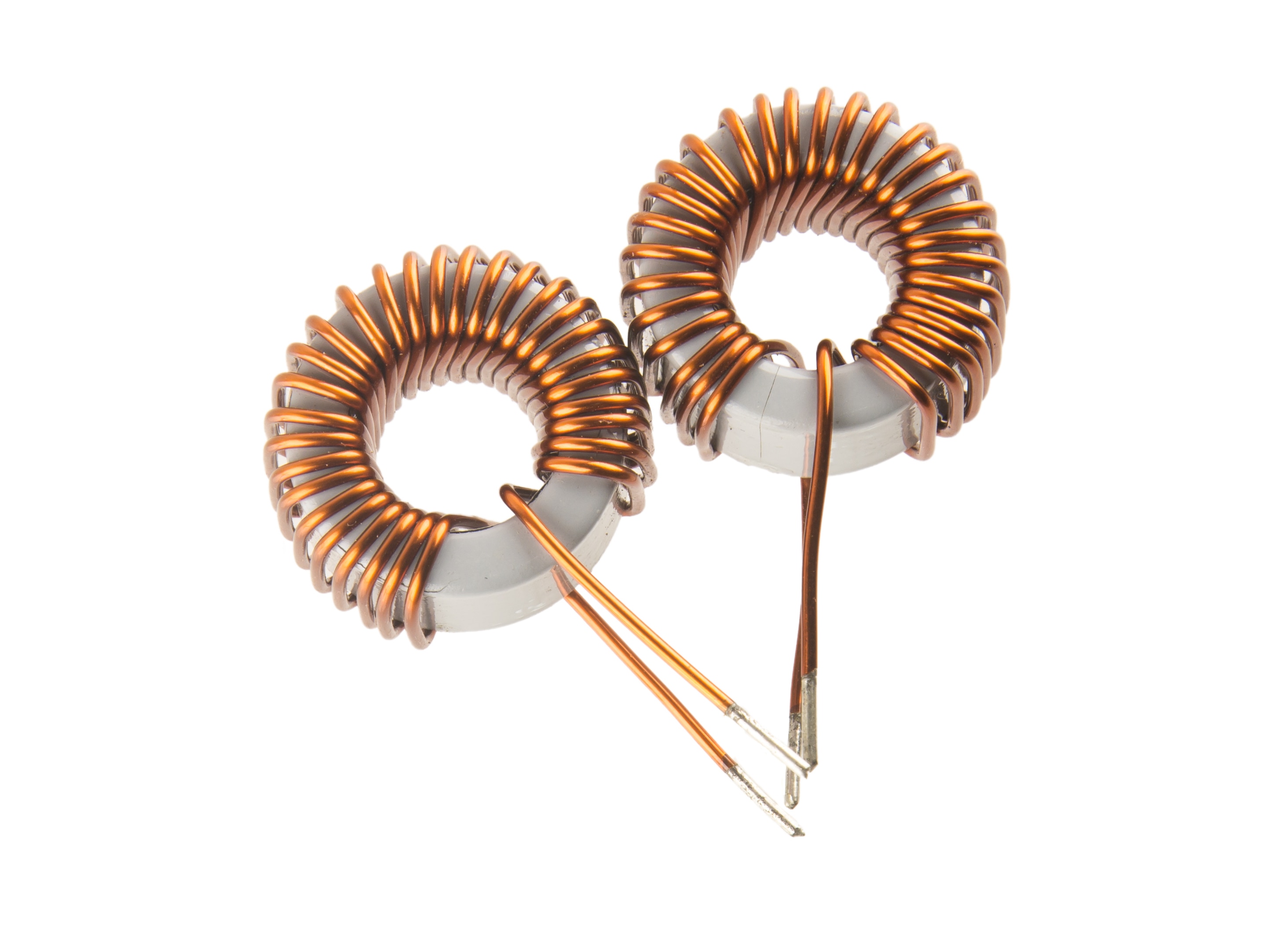Unveiling the Quartz Crystal: The Intricate Dance of Atoms
2024-05-20 | By DWARAKAN RAMANATHAN
Introduction:
Quartz is a mineral composed of silicon and oxygen atoms in a continuous framework of SiO4 silicon-oxygen tetrahedra, with each oxygen being shared between two tetrahedra, giving an overall chemical formula of SiO2. It is the second most abundant mineral in Earth's continental crust, behind feldspar.
Quartz exists in various forms, including crystalline quartz, which has a well-defined crystal structure, and cryptocrystalline quartz, which consists of microscopic crystals. Some common varieties of quartz include amethyst (purple), citrine (yellow), rose quartz (pink), and smoky quartz (brown to black).
Quartz is known for its hardness and durability, and it is often used in the production of glass, ceramics, and electronic devices. It also has various applications in the jewelry industry, where different varieties of quartz are used as gemstones. Additionally, quartz crystals exhibit piezoelectric properties, making them valuable in electronic applications such as oscillators and resonators.
Atomic Model Comparison:

A Quartz Crystal:

How does Quartz Work?
- Scientific and Industrial Applications:
- Piezoelectricity: Quartz crystals possess a unique property called piezoelectricity. When pressure is applied to them, they generate an electric charge. This phenomenon is reversible, meaning that when an electric field is applied, the crystal deforms. This property is harnessed in quartz crystal oscillators, which are crucial components in electronic devices. The predictable and stable oscillations of quartz crystals provide precise timekeeping and frequency control.
- Frequency Control: Quartz crystals are widely used in electronic circuits to control the frequency of oscillators. The quartz crystal resonator determines the frequency at which a device operates. Due to the stable and reliable nature of quartz oscillations, it is employed in devices ranging from simple timekeeping devices like watches to complex communication systems and microprocessors in computers.
Frequency Control:
Note: In this Blog, we will see how quartz is used in frequency control. To see how it is used as a piezoelectric crystal click here.
Quartz crystals are widely used in frequency control applications, particularly in electronic devices where precise and stable oscillations are crucial. The basic principle behind this application lies in the piezoelectric properties of quartz crystals. When a voltage is applied to a quartz crystal, it vibrates at a specific frequency, and this frequency is highly stable and well-defined. This property makes quartz an ideal material for timekeeping and frequency control. The fundamental equation governing the relationship between the mechanical resonance frequency (f) and the physical dimensions of the quartz crystal is given by the following equation:

Here,
- f is the resonance frequency,
- π is a mathematical constant (approximately 3.14159),
- k is the stiffness constant of the crystal, and
- m is the mass of the crystal.
Now, let's break down the components of this equation:
- Stiffness Constant (k): This represents the rigidity of the crystal structure. It is related to the crystal cut and orientation and is an inherent property of the quartz crystal.
- Mass (m): This is the mass of the quartz crystal. The mass is a factor in the equation because it influences how quickly the crystal can respond to changes in voltage.
In practical terms, the physical shape and dimensions of the quartz crystal are carefully controlled during the manufacturing process to achieve a specific resonance frequency. The crystal is then incorporated into an electronic circuit, where it acts as a frequency-determining element. The crystal oscillator circuit typically includes an amplifier and feedback loop. The crystal is connected in such a way that it influences the phase and amplitude of the oscillator signal. The feedback loop adjusts the output frequency to match the natural resonance frequency of the quartz crystal. In summary, the piezoelectric properties of quartz, combined with careful control of the crystal's physical characteristics, allow it to function as a highly stable frequency reference in electronic circuits. The specific resonance frequency is determined by the dimensions and properties of the quartz crystal, as outlined in the equation above.
Have questions or comments? Continue the conversation on TechForum, DigiKey's online community and technical resource.





